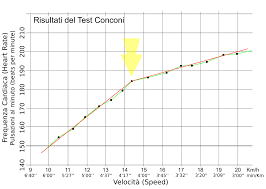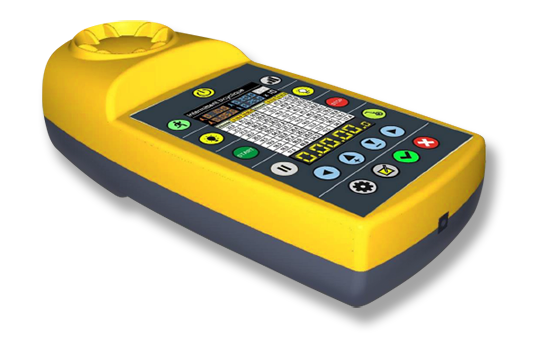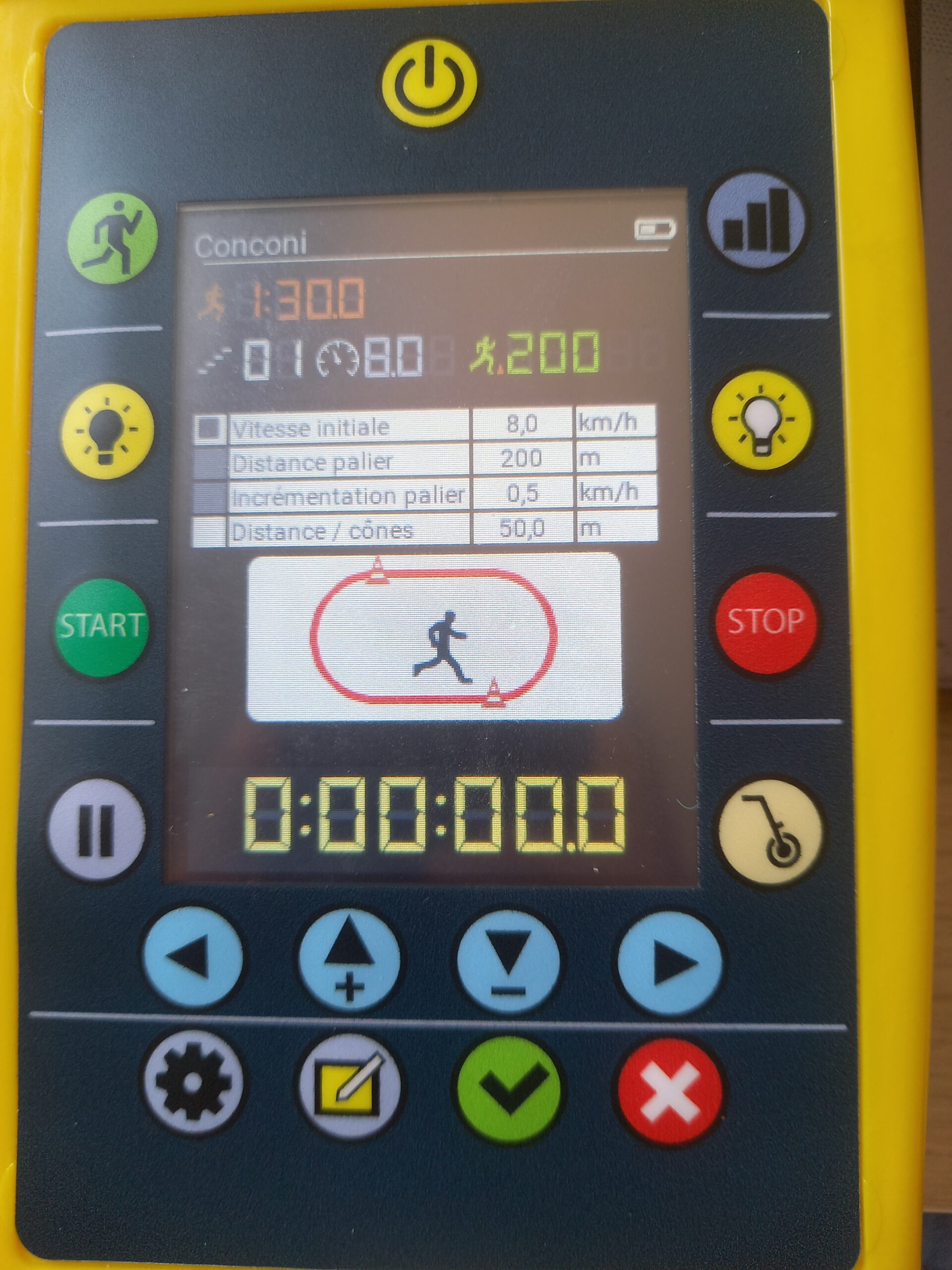In this article, we will explore the Conconi test, a method developed by Italian physician Francesco Conconi. This test is widely used to assess Maximum Aerobic Velocity (MAS), just like other well-known tests such as the Vameval test and the 45-15 test.
MAS is an important measure of an individual’s aerobic capacity, representing the maximum rate at which a person can maintain aerobic exertion over an extended period of time. Know an athlete’s MAS is essential for physical trainers and sports coaches, as it allows them to individualize training programs according to the specific abilities of each athlete.
The Conconi test also offers the possibility of calculating the anaerobic threshold, another important parameter in training programming. The anaerobic threshold represents the point beyond which the muscles’ production of lactic acid exceeds their ability to eliminate it, leading to a build-up of lactate in the blood and increased muscle fatigue.
For strength and conditioning coaches and sports coaches, knowing their athletes’ MAS and anaerobic threshold allows them to design more effective and individualized training programs. By taking into account the specific characteristics of each athlete, such as age, fitness level, gender, and ability to push themselves, they can tailor training intensities and exercise volumes to promote progression while minimizing risk of injuries.
1.Materiel required for the Conconi test
To perform the Conconi test, certain equipment is required to ensure its accuracy and reliability. Here are the essentials:
- A track of at least 200 meters: Distance is crucial to accurately measure Maximum Aerobic Speed (MAS). Ideally, the track should be flat and free of obstacles to allow for a smooth and smooth run.
- Studs spaced every 50 meters: These studs serve as visual cues to delineate the distances covered during the test. They are indispensable to follow the Conconi test protocol and calculate the results accurately. An odometer can also be used to measure distance if studs are not available.
- A soundtrack (the Sportbeeper): The Sportbeeper is a sound tool used to punctuate the Conconi test. It beeps at regular intervals to let the athlete know when to speed up or slow down during the test. This soundtrack is crucial for maintaining the cadence and intensity of the effort throughout the test.
- A heart rate monitor: The heart rate monitor is used to measure the athlete’s heart rate during the test. This makes it possible to monitor the intensity of the effort and detect signs of fatigue or exceeding the anaerobic threshold. Accurate heart rate measurement is important for interpreting the results of the Conconi test and determining the MAS.
2.Conduct of the Conconi test
- The test can be started at 8 or 10 km/h.
- Each increments lasts 200 meters
- The speed increases between each increments by 0.5 km/h
For an optimal success of the test, it is recommended to change the increment a dozen times. The heart rate is measured at each increment during this test. The heart rate curve is then plotted at the end of the test as a function of speed. The inflection point then corresponds to the anaerobic threshold

Note: In cold weather, it is possible to add a warm-up although the slow start speed normally serves as a warm-up.
3.Advantages/Disadvantages for the Conconi test
Advantages : The test is quite simple to set up. All you have to do is to place markers every 50 metres and follow the soundtrack of the test. In addition, a large number of participants can be assessed at the same time.
Disadvantages : Takes a long time, requires a heart rate monitor on the Speed/Fc relationship, requires the ability to push yourself mentally.



